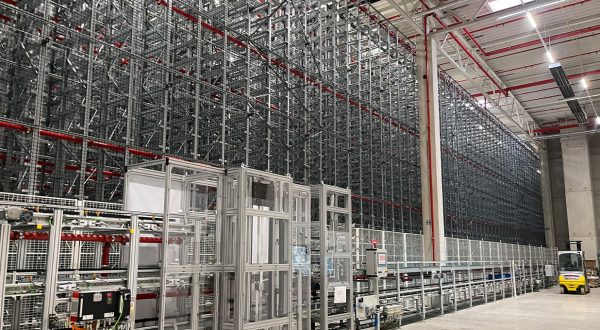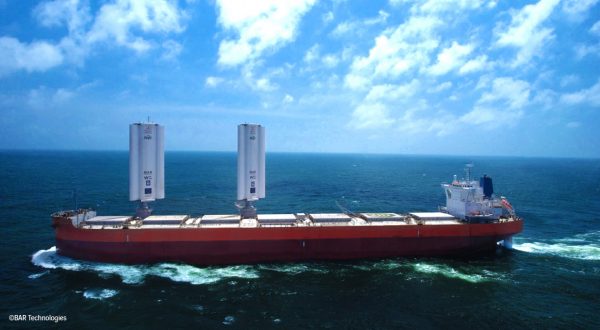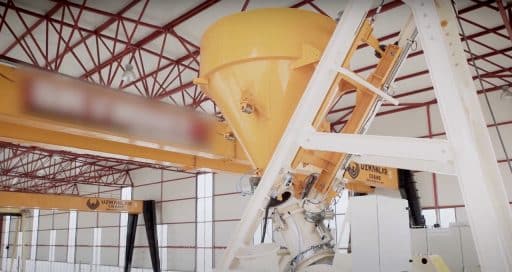Based on the BIM model used in the construction sector, PIM (Plant Information Model) is a digital mock-up that helps coordinate the various trades involved in the design then operation of a plant. Process industries, like the automotive and aviation sectors before them, are embracing the concept.
Energy Recovery Plant, Ivry-sur-Seine (France)
Building Information Modelling (BIM) has in recent years become the norm in the construction and service sectors. And now the manufacturing industry has an equivalent system for designing plants in 3D. An improved alternative to 2D drawings, Plant Information Model (PIM) technology brings together all the physical, technical and functional characteristics of an industrial site in a digital model.
With PIM, “all trades have the same level of information.”
What this means is that the various project stakeholders, whether the architect, civil engineer, operator or integrator, all share the same view of the facility from design through to operation.
“All trades have the same level of information,” says Antoine Béron, brand business development director at Actemium, the VINCI Energies industrial solutions brand. “The slightest alteration to an asset will be visible by everyone involved.” This collaborative approach helps eliminate a great many sources of error and misunderstanding. A PIM serves as the living memory of a plant, logging all the modifications that have taken place since the design stage and thus supporting asset lifecycle management. Version tracking can explain why a production line or workshop was built in a particular way. This traceability is particularly useful for sensitive industries like pharma, healthcare, food and defence.
PIM is not simply a digital platform. It also includes a methodology and related processes. Anomaly detection is visually represented at the exact location of the relevant sensor, facilitating follow-up action. Moreover, this decision support tool, seen as the first step in the roll-out of a digital twin, can be used to develop various asset maintenance and upgrade scenarios, like the modification of a production line, and to assess their impact on existing infrastructure. “This full projection helps minimise technical, financial and planning impacts,” adds Béron. “Let me add that PIM improves productivity by decompartmentalising the various divisions (engineering, maintenance, operation, etc.) through the use of a single, shared tool.”
Digital twin for training EDF employees
Thanks to the strengths it offers, PIM is becoming widespread. And while the manufacturing sector, and in particular automotive and aircraft manufacturing, was quick to take an interest in the concept, the chemical, energy and water-treatment process industries have also embraced it.
Actemium is involved in two projects that reflect this trend. The first covers the construction of a new energy-from-waste unit in Ivry-sur-Seine in Greater Paris, which in 2023 will replace the existing municipal waste incineration plant. Since part of the facility is due to be retained, it has been digitised so that it can be incorporated into the new site’s PIM.
The second project involves the French hydroelectric plant in Romanche-Gavet near Grenoble in the Rhône valley. EDF uses a plant information model to operate the facility and to train its employees before they work on site. Thanks to a 3D headset, they take possession of the premises virtually. PIM also makes it possible to generate 3D films for site promotion purposes. According to Antoine Béron, the holy grail of PIM would be to manage the operation of a plant remotely using its digital twin. However, that would mean taking operational data off site – a sensitive issue.
11/03/2021





